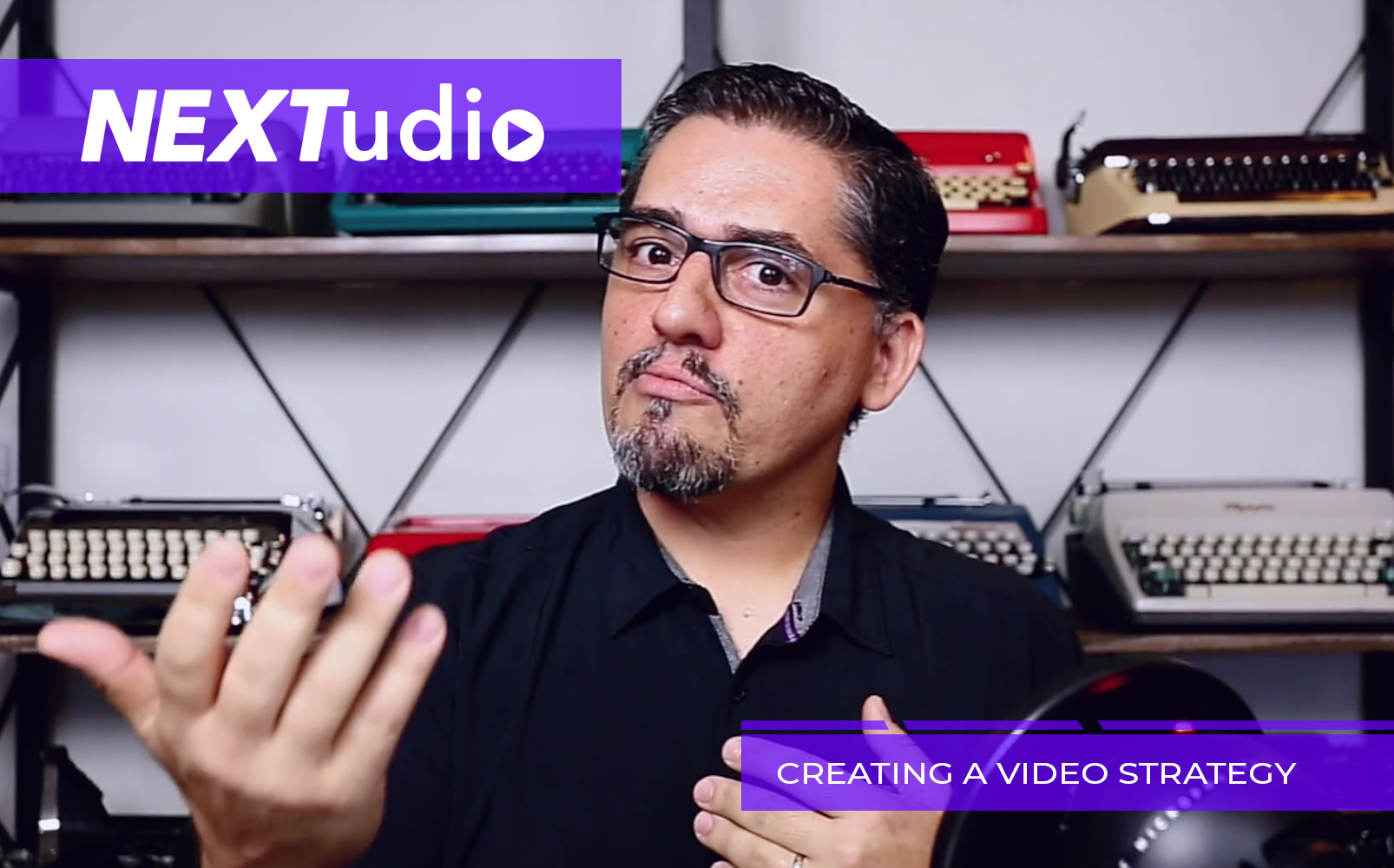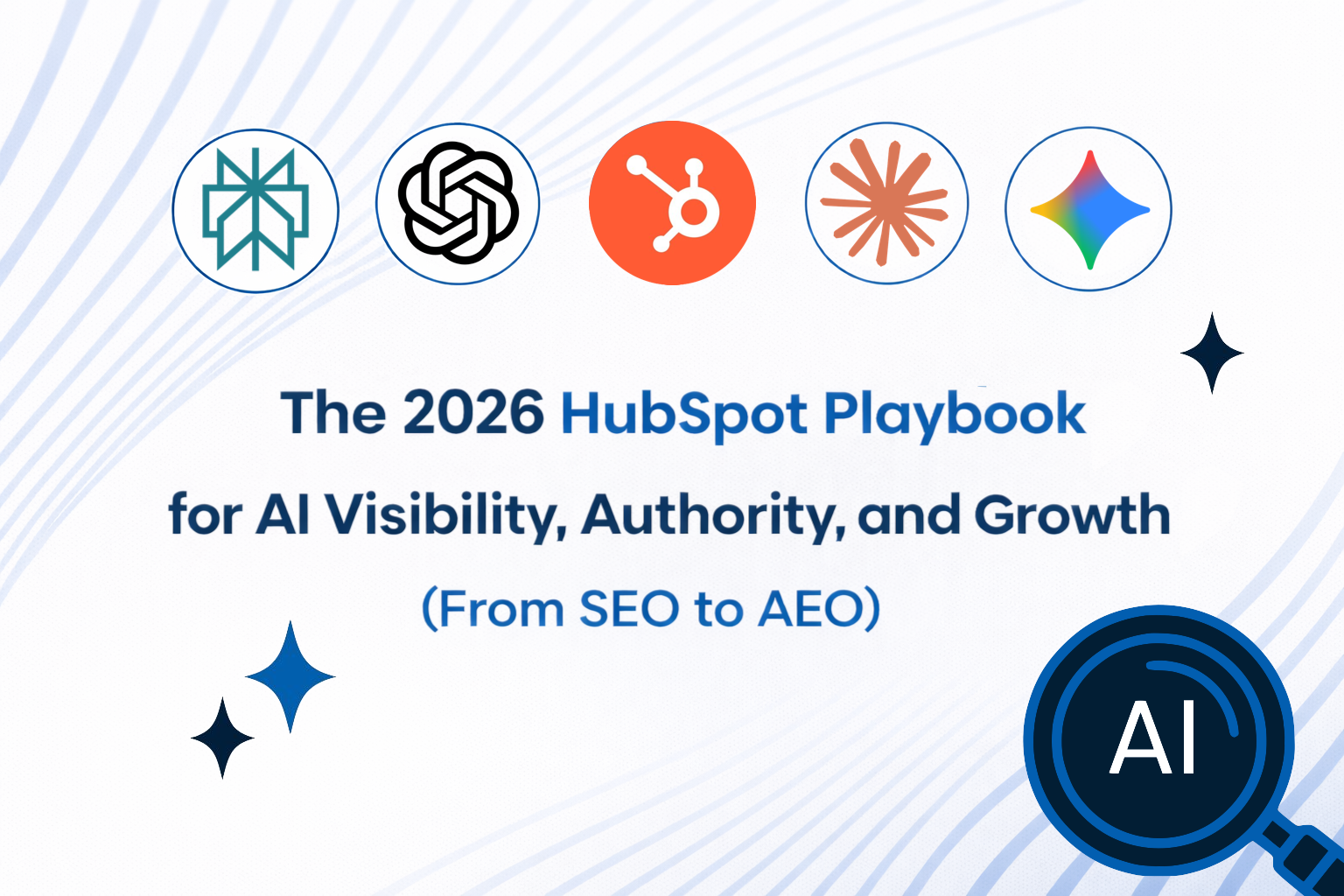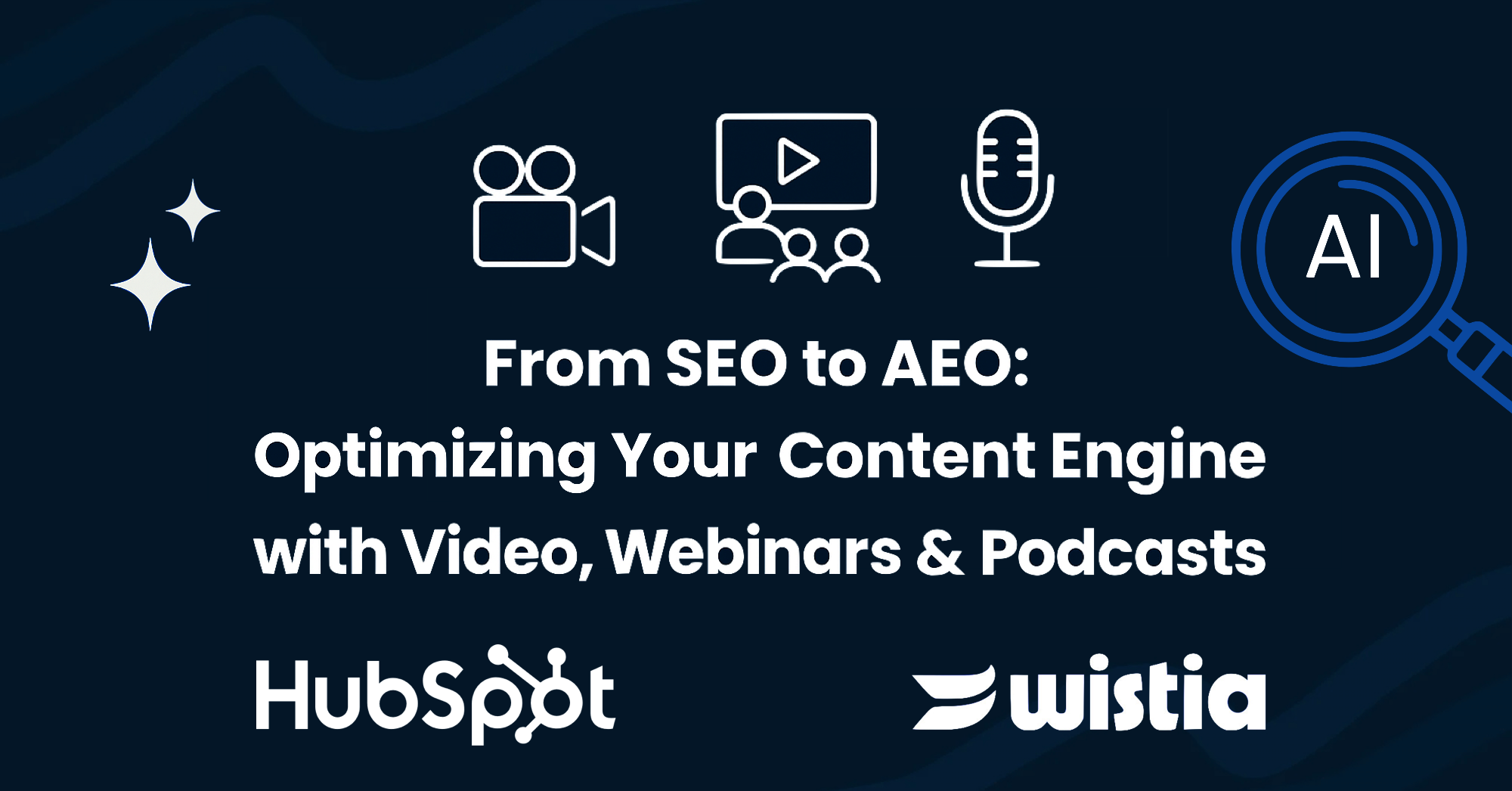It’s not as hard as it sounds. Before you start production, just ask yourself these questions and you’ll be well on your way.
1. What Are the Goals of the Video?
Before you shoot a second of the video, you need to know what the goal is of the video you’re making. What’s the point of making this video? What value are you trying to provide?
The answer to these questions can be almost anything. It could be to drive engagement on your social channels, to inform the people in your email list, or to explain something to a specific person. It doesn’t matter what the goal of the video is, but it does matter that you have one. If you’re simply making videos for the sake of making videos that’s a good way to make a bunch of videos that nobody watches and which have no value.
The more thought and preparation you put into defining the goals of your video, the more successful it will be. Successful content is only as effective as the intentions behind it.
So, the first step in your process should be to ask yourself one question: What are you trying to achieve with this video?
2. Who is the Video For?
Next, decide who you want to make your video for. There’s nothing wrong with making a video for a wide, general audience, but the more specific you can be, the more effective your content will be.
The reason that you should know exactly who your audience is that you can then tailor your content to exactly those people. Whether it’s people who’ve landed on a certain page, your social media audience, or a one-on-one sales video, knowing who is going to see it will help you decide important aspects of the video like tone, length, and video type.
Examples of this could be having a short, image-based video for social media where people don’t always have sound turned on and don’t have much time, adding personal details to a one-on-one video like names and data, or adding length and deeper value for a video series on your website.
3. How Will This Provide Value for the Audience?
This goes along closely with what your goal for the video is, but you should also consider what the value is to the viewer. But, rather than being your goal, this is how you take action on it.
First, think about what your audience’s problem is and how this video can solve it for them. Are you providing a resource for them to use, educating them on a process, or just pointing out things you’ve noticed during an audit? The value being offered in the video should directly serve your defined audience or your publishing and promoting process will be like shooting darts in the dark. What’s the intent of the video and how do you accomplish your goals?
4. When Should You Publish the Video?
Deciding when to publish your videos is just as important as the other steps along the way because, if you strike at the right time, you can maximize its effectiveness with proper timing. Consistency and relevance can go a long way with any content and video is no exception.
Finding that perfect time depends highly on what type of video you’re making. If it’s a weekly video series, pick a day where your view counts are highest. If it’s a one-off email video, use software like Seventh Sense to optimize your send time for maximum engagement. If it’s a sales or lead nurturing email, monitor how often you’re sending so you aren’t bombarding them with content.
Choosing the right time to unleash a video on your audience can have a big impact on its view count, engagements, and how effective it is at accomplishing your goals.

With Wistia's analysis tools, we can see the peaks and valleys that come throughout the week and decide which day to post videos to maximize views.
5. Where Will the Video Live?
Whether it’s on a landing page, an email, on your social media feed, or your YouTube, deciding where a video lives is an important step of the video process. Ask yourself: Where will this video have the most impact and where can I put it where it will be able to fulfill its goals?
Each location has its benefits. Social media can drive traffic and engagement, YouTube is great for SEO and being searchable, an email is great for nurturing leads or communicating with contacts, and having it on a landing page provides an engaging touch on your website. No matter where, you must consider the audience, the content, and the goals when picking a home.
Along with this, choose how you want to host your video online. YouTube is great for making your video as searchable as possible and finding a very broad audience, but using software like Wistia helps you optimize, track, customize branding and display your content on your website with its build-in tools like Wistia Channels and analytics tracking.
You have a lot of options when deciding where to put your videos and this decision can have a huge impact on the overall lifespan and effectiveness of a video.
6. What is the Call to Action?
Lastly, make sure each video has a clear call to action for the audience. What do you want them to do next? This can be a link to a landing page or another video or blog, having them place an order for a product, follow you on social media, or signing up for emails. While videos can do wonders for engagement and retention, start looking at what conversion opportunities your videos could potentially provide depending where you’ve placed them.
Make it clear to them what the next step is and how they can take it.
Types of Simple Videos That You Can Make at Home
Making an effective video doesn’t mean you need high-tech equipment, a professional lighting setup, or anything other than your computer and a webcam. There are a lot of great videos you can make from home with a simple setup.
Email Signature Video: We highly recommend making an email signature video because it's super simple to make and provides great value. Not only does it attach a personal touch to all of your emails, but it provides clarity on your exact role in a company and can be an easy place to answer some obvious questions a potential customer may have.
FAQ Video: Another quick-win video you can make at home is a frequently asked questions video. This is pretty self-explanatory but involves you answering some of the questions you hear most often from customers. A video like this can help expedite the customer journey by removing any hesitation or confusion from their decision making process.
Thank You Video: Create a personal follow-up video to send to anyone who completes an action or to someone specific who’s recently been in touch with you. This is a quick, easy video to make that’ll surely leave a big impact on the people you send it to.
Video is constantly evolving and every day we learn new ways to make more engaging and effective content. Before starting your next video project, remember these questions, and ask them to yourself before starting production to make more valuable, effective videos.




-1-1.png)

